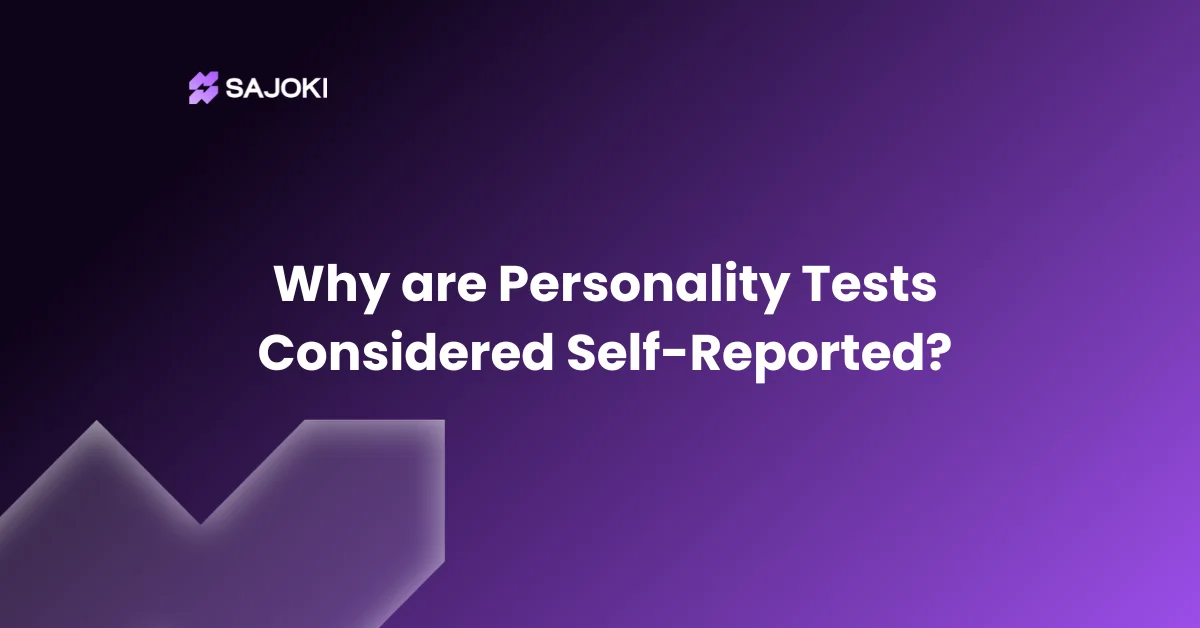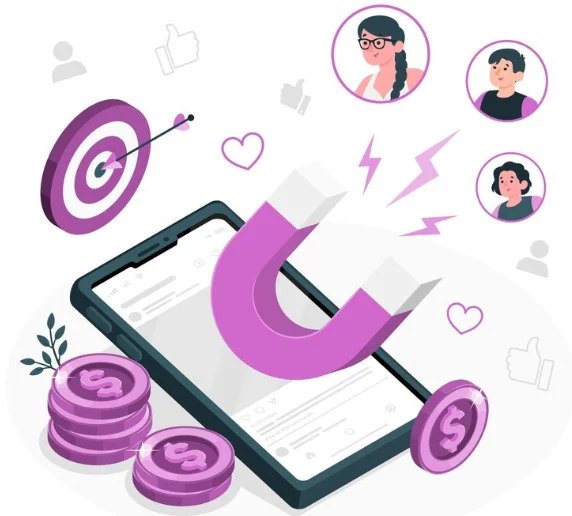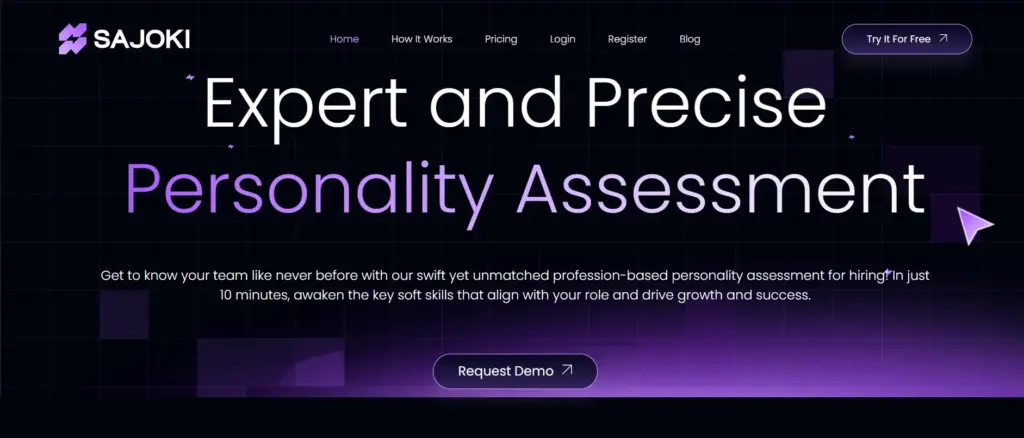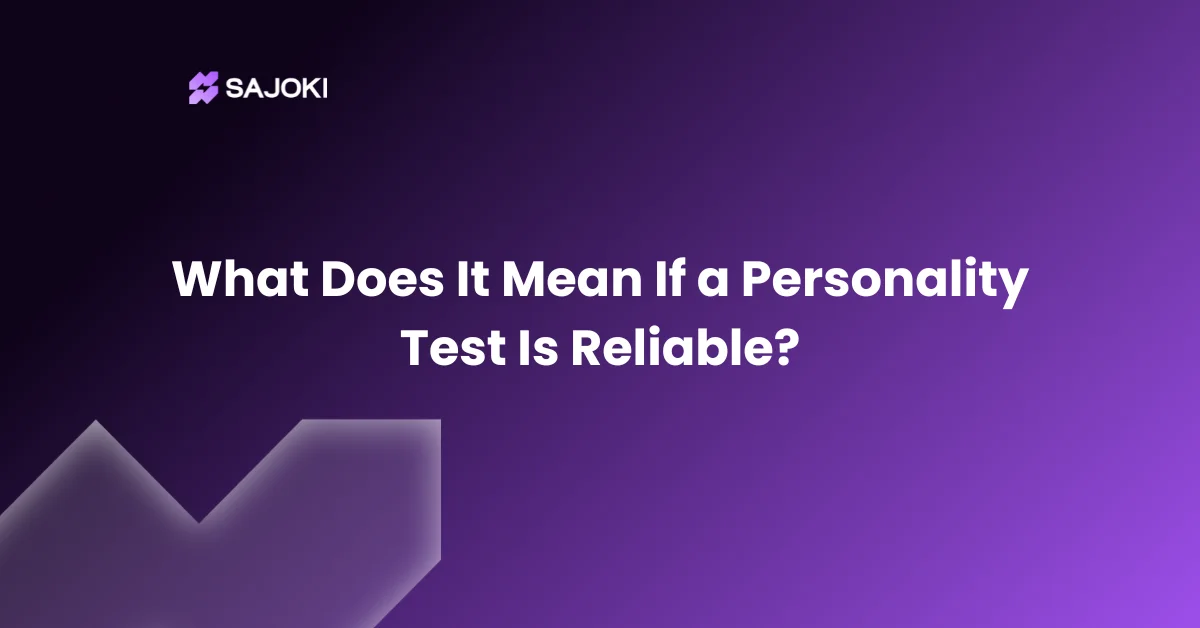Human personality has been a topic of interest to researchers, employers, and psychologists for centuries. Personality tests have become common now. They help people know themselves and help the recruiters shortlist candidates. They are invaluable but are usually categorized as self-reported tests.
But, why exactly are personality tests considered self-reported?
The reason personality tests are deemed self-reported is in their design. These tests are based on the person’s own perception, decision, and integrity. Thus, the answers are subjective. This makes the test outcomes a direct product of self-evaluation.
But this subjectivity is not in itself a deficiency. Instead, it makes possible personal awareness that no external observer can ever have full access to. Personality tests, viewed as self-reported measure,s are meant to assess what a person believes, feels, or prefers.
What Does “Self-Reported” Mean in Psychological Testing?
To understand why such tests are called self-reported, it is necessary to define the term. Self-reported measurement involves individuals reporting their behavior, thoughts, or feelings. They are often given in structured questionnaires. There is no outside observation.
The individual is the primary source of information, and honesty and awareness are thus essential. Since no third party verifies, these responses can be prone to self-image bias. So the outcomes then quantify perceived tendencies, not necessarily actual behavior.
Core Structure of Personality Tests
Most personality tests follow a standardized format. They use multiple-choice questions or statements that individuals rate. These formats are simple to use and are designed to encourage self-expression. Tests like MBTI or Big Five use this system.
Individuals respond according to their level of agreement or disagreement with the statements. The format is nonintrusive, so it is not like an interrogation but rather a reflection. This is why personality tests are considered self-reported. It facilitates internal evaluation as opposed to external judgment.
8 Key Features That Make Personality Tests Self-Reported
Several inherent characteristics lead to these tests being classified as self-reporting. The following are the identifying characteristics that indicate their self-reported nature:
1. Self-Disclosure
Respondents on these tests have to disclose their internal feelings, beliefs, and preferences. The answers directly stem from their own perspective.
This discovery is not created by observation but by introspection. Individuals judge themselves.
This renders the data highly personal and subjective. Responses can’t be verified by anyone else, which adds to the self-reported nature.
2. Subjective Interpretation
Every test item is considered in relation to the participant’s own experience and feelings.
Two people can interpret the same statement differently. One can take it in the positive direction and the other in the negative direction.
This difference is additional proof for the self-reporting aspect. Results are based on how they feel about themselves.
3. No Third Observer
There is no third person or external observer present during the response process. The responses are given by the test-taker himself.
There are no comparisons to others’ opinions of them. This eliminates bias from external influence. It also assists in making a discovery of actual expression more probable.
This is part of the primary reason personality tests, which were self-reported tools, prove so enlightening.
4. Self-Awareness and Honesty
The validity of results depends on honesty and self-awareness. These tendencies affect how honestly they respond.
If the person is not self-aware or prefers to project a fake personality, the result might not be their true self. Self-reported tests, nevertheless, offer scope for reflection.
This forces people to confront their inner reality. It also indicates areas of development.
5. Voluntary Participation
Participants typically take these tests by choice or with minimal external pressure.
This voluntary aspect strengthens the authenticity of responses. People engage more meaningfully when they aren’t forced into the process.
The act of choosing to take a test itself reflects an intention to explore or reveal something about oneself.
6. Direct Questioning Format
Self-reported personality tests rely on straightforward questions about emotions, preferences, and behaviors.
Statements like “I enjoy being the center of attention” directly invite introspection.
The simplicity and clarity of the phrasing focus attention inward, supporting the self-reported nature.
7. Perceived Relevance
Many personality test-takers find the questions relatable or relevant to their life experiences.
This relatability encourages more honest and thoughtful answers, as people can easily link questions to real-life contexts.
The perceived usefulness of the results also motivates sincerity during the test.
8. Lack of Behavioral Observation
No body language, vocal tone, or situational behavior is observed or analyzed in self-reported personality tests.
All information is derived from written or digital responses, devoid of external cues.
This makes the test purely introspective, keeping it within the bounds of self-report methodology.
Strengths and Limitations of Self-Reported Personality Tests
Self-reported personality tests are valuable tools in psychology and recruitment for their introspective nature, but they come with inherent advantages and drawbacks. Understanding both sides can help maximize their effectiveness.
| Strengths | Limitations |
| Promotes self-awareness and growth | Respondents may answer to impress |
| Inexpensive and easy to distribute | Inaccurate if introspection is lacking |
| Quick to complete with faster results | Mood or context can affect responses |
| Comfortable and privacy-friendly | Interpretations may vary by culture |
Strengths of Self-Reported Personality Tests
Despite some limitations, these tests have some clear strengths. Their nature provides accurate information that is hard to gain from observation.
1. Personal Insight and Reflection
They help individuals learn about their strengths, weaknesses, and behavior patterns.
This helps them enhance personal growth and self-improvement. It promotes mindfulness and awareness. These findings can also facilitate improved communication. The process of self-reflection brings light to self-awareness.
2. Cost-Effective and Scalable
Self-reporting personality tests are cost-effective and easy to scale.
Unlike observational approaches, they do not have to be administered by experts.
Online platforms allow them to be administered to groups. This makes it ideal for recruitment and training. Availability across a broad range ensures diverse data collection.
Existing Content Relevance:
3. Time-Efficient Assessment
They can be completed quickly, usually in less than an hour.
Results tend to be immediate. This boosts speed in recruitment or counseling. Mass application benefits from speed. Immediate results need not mean inferior quality if the test is validly designed.
4. Non-Invasive Method
They allow people to answer questions freely.
There are no cameras, interviews, or uncomfortable questions. The relaxed ambiance allows participants to open up. It maximizes the likelihood of candid answers. This mode saves privacy and ease.
Limitations of Self-Reported Personality Tests
Although helpful, self-reported tests have their own limitations. It is essential to be aware of these in order to use the tools effectively.
1. Social Desirability Bias
Respondents will give answers they think are desirable.
This alters the validity of the findings. For example, an individual will report as extroverted as they would like to be. This impacts recruitment and quality of testing. Self-reporting is prone to outside pressure.
2. Limited by Self-Awareness
If a respondent lacks introspective abilities, then their responses may be erroneous.
They might not see themselves properly or overestimate characteristics. Self-deception is another issue. It leads to inaccurate information. Training and criticism can improve this.
3. Unreliable Responses
Mood shifts can affect the manner in which individuals react to a question.
A person might respond differently on a bad day versus a good day. This affects reliability. Retesting multiple times can stabilize results. Timed re-testing is also recommended.
4. Cultural and Language Differences
Translation and interpretation of statements may vary across cultures.
That which is considered assertive in one culture will be perceived as being rude in another. This influences the external validity of the results. Test localization is necessary for global validity. Clear language can minimize ambiguity.
The Use of Technology in the Upgrade of Self-Reported Measures
Technology has minimized some of the limitations of self-report measures. Automation and data science play a big part.
1. AI-Enhanced Analysis
Artificial Intelligence can detect inconsistencies and determine patterns better.
It adds another layer of interpretation to human reactions. AI helps cross-check for honesty and harmony. This reduces manipulation. Technology makes tests brighter and more uniform.
2. Interactive Interfaces
Gamified and interactive presentations make tests enjoyable.
This can lead to truer answers. Participants don’t recall they’re being tested. This reduces tension and increases willingness. More interaction means quality data.
3. Remote Accessibility
Internet platforms offer access anywhere, anytime.
Candidates do not have to relocate or schedule a professional session. This helps global hiring and self-discovery. Time and resources are conserved through remote testing. It also helps inclusivity.
4. Data Tracking and Dashboarding
Existing tools provide dashboards to track changes over time.
This helps better analysis and follow-up. Companies and individuals benefit from changing data. They can see progress or decline. An example of such a platform that provides this is SAJOKI.
What Happens If Personality Tests Are Not Self-Reported?
Not all personality tests are self-report. However, removing this factor creates new issues.
Observer Bias
Third-party observers may have biases when assessing.
They can rate someone higher or lower than they really are. This leads to irregular and unfair judgments. Observation has no glimpse into inner psychology. It loses authenticity.
Restricted Access to Inner Thoughts
Observers gain access to behavior, but not inner drives or fears.
Self-reporting reaches hidden aspects of the mind. Without it, measures are superficial. Deep understanding is lost. This reduces value in psychological analysis.
Higher Cost and Time Requirement
Observer-based measures require trained professionals and more time.
They are expensive and less scalable. They are not practical for large-scale hiring. Self-reporting offers a higher return on investment. It is also more standardized.
Pressure on Participants
Being observed can stress individuals, altering behavior.
Natural behavior is harder to track. Responses become performative ones. This undermines the efficacy of personality testing. Self-reporting avoids this coercion.
How SAJOKI Uses Self-Reported Personality Testing
SAJOKI – Personality Assessment Tool integrates AI and self-reported personality testing to maximize recruitment and personal development. It helps match candidates with suitable roles that align with skill and culture.
With psychology-backed tests, SAJOKI ensures individuals are considered as they actually are. The platform is aligned with self-development and organizational fit. It balances self-reported data against AI processing. This creates significant and realistic insights.
It avoids external judgment and fosters authenticity in responses. While the method depends on honesty and self-awareness, SAJOKI combines it with AI to detect patterns and reduce bias. This blend creates a powerful tool for modern, human-centered recruitment.
Frequently Asked Questions (FAQs)
Are self-reported personality tests accurate?
Yes, when properly designed and used, they give realistic insights.
How can individuals reduce biasness in self-reported tests?
By maintaining neutral words, straightforward guidelines, and utilization of AI to check patterns.
Do self-report tests always equal actual behavior?
Not always, but they reflect perceived traits that are equally beneficial.
Are personality tests culturally translatable?
Yes, through concerted localization and translation processes.
How do personality tests differ from psychological diagnostics?
They are more useful for insight and guidance than the diagnosing of mental illness.
Conclusion
Why personality tests that are self-reported are so great is that they are grounded in individual experience and perception. This format makes them excellent tools for recruitment alignment, development, and self-awareness.
Though flawed, websites like SAJOKI leverage technology and AI to enhance their power. This ensures that self-reported data is accurate, consistent, and convenient to utilize for modern-day purposes.





















